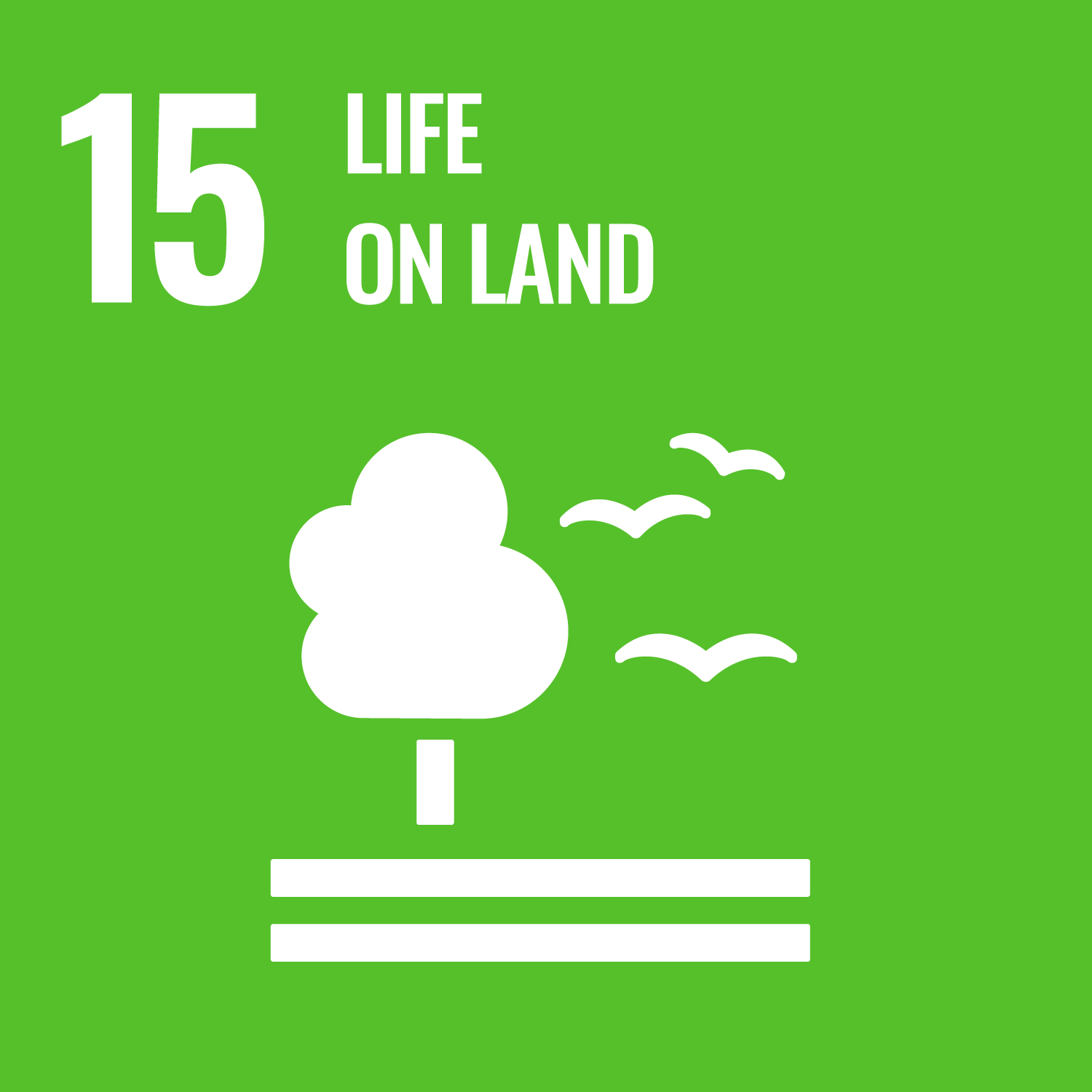ORCID
- Robert Puschendorf: 0000-0002-8105-171X
Abstract
Aim A current biogeographic paradigm states that climate regulates species distributions at continental scales and that biotic interactions are undetectable at coarse-grain extents. However, advances in spatial modelling show that incorporating food resource distributions are important for improving model predictions at large distribution scales. This is particularly relevant to understand the factors limiting the distribution of widespread apex predators whose diets are likely to vary across their range. Location Neotropical Central and South America. Methods The harpy eagle (Harpia harpyja) is a large raptor, whose diet is largely comprised of arboreal mammals, all with broad distributions across Neotropical lowland forest. Here, we used a hierarchical modelling approach to determine the relative importance of abiotic factors and prey resource distribution on harpy eagle range limits. Our hierarchical approach consisted of the following modelling sequence of explanatory variables: (a) abiotic covariates, (b) prey resource distributions predicted by an equivalent modelling for each prey, (c) the combination of (a) and (b), and (d) as in (c) but with prey resources considered as a single prediction equivalent to prey species richness. Results Incorporating prey distributions improved model predictions but using solely biotic covariates still resulted in a high-performing model. In the Abiotic model, Climatic Moisture Index (CMI) was the most important predictor, contributing 76% to model prediction. Three-toed sloth (Bradypus spp.) was the most important prey resource, contributing 64% in a combined Abiotic-Biotic model, followed by CMI contributing 30%. Harpy eagle distribution had high environmental overlap across all individual prey distributions, with highest coincidence through Central America, eastern Colombia, and across the Guiana Shield into northern Amazonia. Main Conclusions With strong reliance on prey distributions across its range, harpy eagle conservation programmes must therefore consider its most important food resources as a key element in the protection of this threatened raptor.
DOI Link
Publication Date
2023-02-11
Publication Title
Diversity and Distributions
ISSN
1366-9516
Acceptance Date
2023-01-09
Deposit Date
2023-06-02
Embargo Period
2023-03-01
Creative Commons License

This work is licensed under a Creative Commons Attribution-NonCommercial-No Derivative Works 4.0 International License.
Recommended Citation
Sutton, L., Anderson, D., Franco, M., McClure, C., Miranda, E., Vargas, F., Vargas, F., & Puschendorf, R. (2023) 'Prey resources are equally important as climatic conditions for predicting the distribution of a broad-ranged apex predator', Diversity and Distributions, . Available at: 10.1111/ddi.13684


